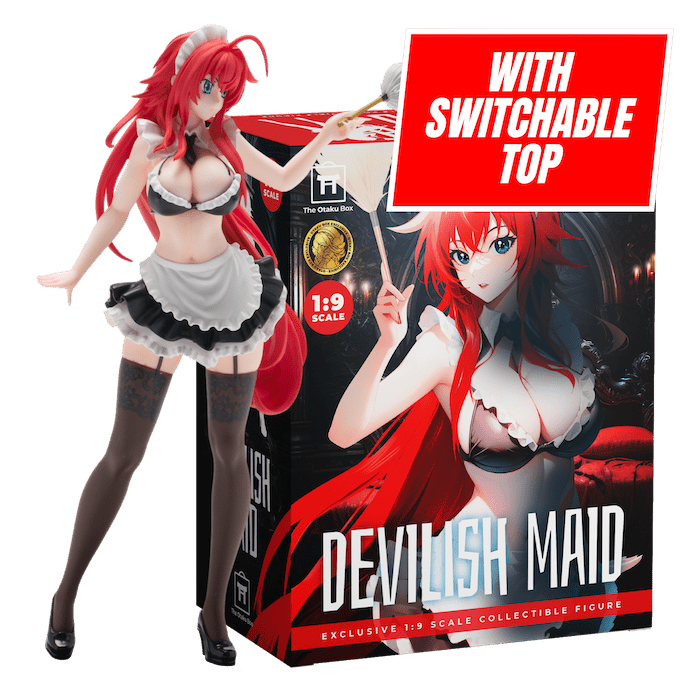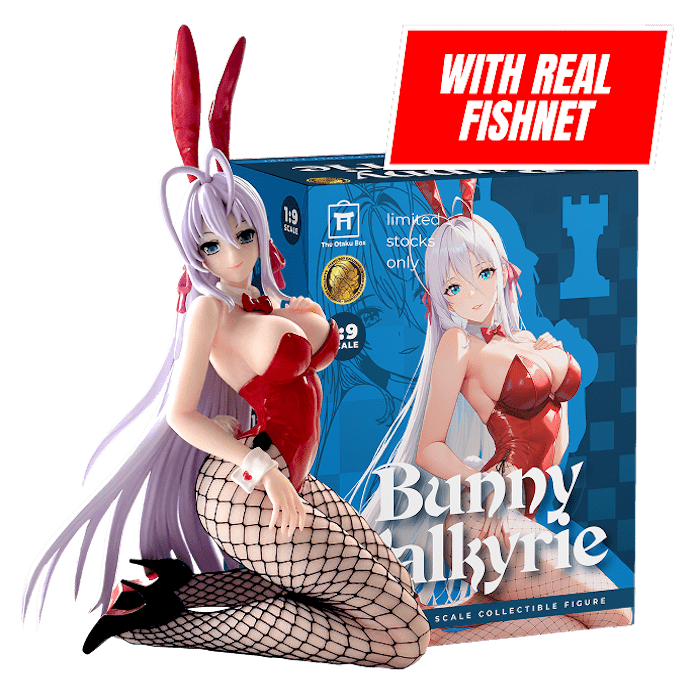Photo Credit: Rockin'Rita License: Creative Commons
Seen as the most luxurious type of beef that can be bought, Wagyu and Kobe beef are extremely sought after, and expensive, brands of meat. What makes it so unique, and are the myths true?
Definitions

Many people get confused when talking about Wagyu and other various meats, so here are some definitions to help clear things up. Wagyu literally means ‘Japanese cow’, but not all beef from Japan is officially Wagyu. There are four varieties of cow that can be called Wagyu;
Japanese Black (by far the most common), Japanese Brown, Japanese Shorthorn, and Japanese Polled. These four strains of cattle were crossbred with older Japanese strains and European cattle introduced to Japan in the late 1800s.
Kobe beef is a subset of Wagyu, a particular strain known as Tajima-Gyu that needs to meet seven stringent standards. These include the cow being born, raised, and processed in Hyogo province.
This is why ‘Kobe-style’ beef is impossible, but you can have real Wagyu even if the cows were raised outside Japan.
Other terms you may have heard are Matsusaka and Omi. Matsusaka has similar standards to Kobe, except all the beef is from females, and they need to be raised in Mie prefecture. Omi is from Shiga and is thought to be the oldest beef brand in Japan.
What Makes Wagyu Different

The main difference between Wagyu beef and other types is the care and attention given to the whole process of raising the cows and the strict standards by which the meat is measured. If cows from Hyogo fall short of the seven standards, their meat cannot be sold as Kobe brand beef.
Wagyu cows are obsessively cared for. Many farms have individual cowsheds for each animal, and they have a very specific feed. This varies from farm to farm, but it can include corn, soya beans, rice straw, barley, and sometimes beer and sake.
The precise feed proportions and ingredients are often a closely guarded secret. The added alcohol’s purpose is to help foster appetite; some cows even being given beer straight from the bottle.
Many cows are hand-reared by their loving owners, the process lasting three to four years, quite a lot longer than the standard lifespan of beef cattle (around eighteen months). At the very top end of Wagyu, this can include massages.
Marbling

All this care and attention in raising the cows is to produce meat with one main sought-after property - marbling. Marbling refers to how the fat is found within a cut of meat, and Wagyu should display fat distributed evenly throughout the filet.
Fat adds flavor but also keeps the meat tender during cooking as it melts upon heating. Even marbling keeps this tenderness throughout the steak. Wagyu beef also contains mostly unsaturated fat, which melts at a lower temperature than the saturated fats found in most other steaks on the market.
Meaning not only will the meat melt in your mouth, but it is healthier too.
This commitment to perfectly marbled meat is the reason the price of Wagyu can be so high. Hand-rearing, specialty feed, and strict regulations all add to the cost. Matsusaka cows tend to fetch the highest prices, specialty restaurants buying directly from the farmers, up to 5 million yen each - around $47 000.
Finding Real Wagyu

Wagyu is gaining popularity as a luxury all around the world. Cattle have been exported to many countries, including the UK, America, and Australia, to be raised in domestic farms to the same standards as Wagyu in Japan. A farm in Wales even gives their cows locally brewed beer in their feed.
Kobe beef needs to be raised in Hyogo, but it has gained international fame, so it is now imported to many countries. It can generally be found in specialist restaurants or through certain meat distributors. Be cautious of any cut you find in a regular store labeled ‘Kobe’; it is unlikely to be real Kobe brand beef.
Matsusaka beef is generally only found in Mie prefecture. Luckily, a specialty ekiben (bento boxes made to be eaten on trains) can be found at Matsusaka station, filled with beef and in a box shaped like a cow.












 Back to Otaku Blog
Back to Otaku Blog Prev
Prev








